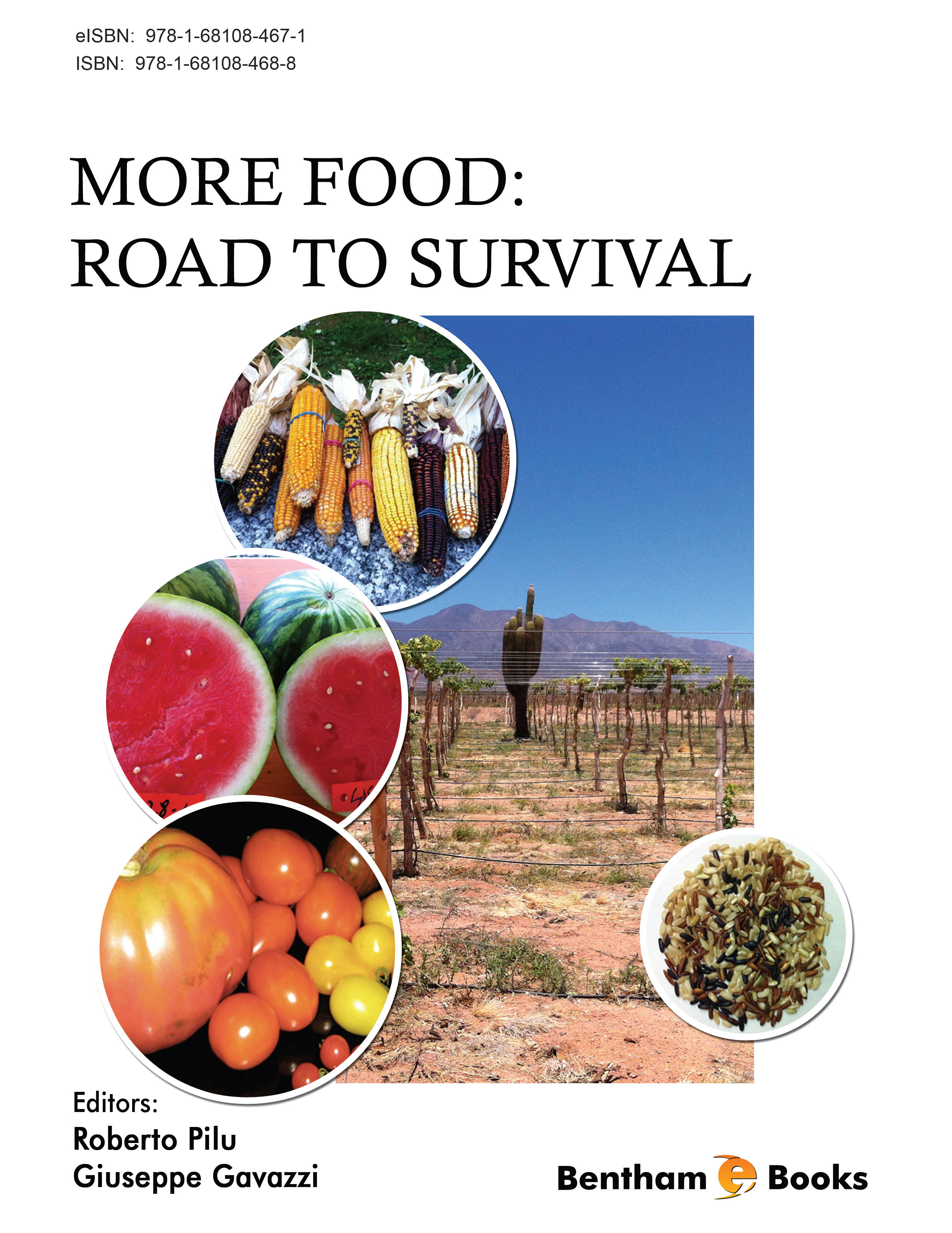Introduction
More Food: Road to Survival is a comprehensive analysis of agricultural improvements which can be achieved through scientific methods. This reference book gives information about strategies for increasing plant productivity, comparisons of agricultural models, the role of epigenetic events on crop production, yield enhancing physiological events (photosynthesis, germination, seedling emergence, seed properties, etc.), tools enabling efficient exploration of genetic variability, domestication of new species, the detection or induction of drought resistance and apomixes and plant breeding enhancement (through molecularly assisted breeding, genetic engineering, genome editing and next generation sequencing).
The book concludes with a case study for the improvement of small grain cereals. Readers will gain an understanding of the biotechnological tools and concepts central to sustainable agriculture
More Food: Road to Survival is, therefore, an ideal reference for agriculture students and researchers as well as professionals involved sustainability studies.

